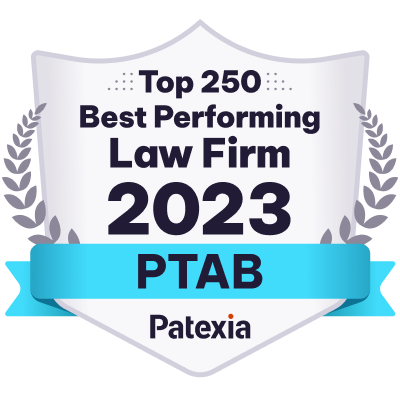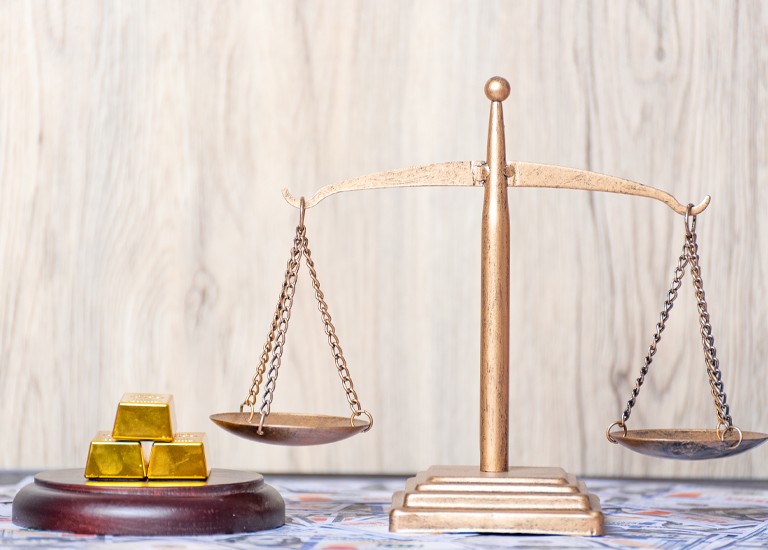The America Invents Act (AIA) provides procedural options for addressing issues of patent validity before the Patent Trial and Appeal Board (PTAB).
Hamilton Brook Smith Reynolds’ practitioners are well versed in the nuances of patent examination procedure, including PTAB practice, and are litigation savvy. We work cooperatively with clients to take advantage of all available options to achieve the desired result.
In contested matters before the PTAB, our litigators and prosecutors draw on their wealth of multidisciplinary technical expertise and their experience in Patent Office practice to advise clients on the benefits and risks of each type of proceeding. Hamilton Brook Smith Reynolds tailors its resources to meet clients’ specific needs and can handle virtually any technology.
 Patexia Recognition
Patexia Recognition
In 2023, Hamilton Brook Smith Reynolds was recognized for its Patent and Trial Appeal Board (PTAB) work in the PTAB Intelligence Report in four categories: Most Active Law Firm (Patent Owner), Best Performing Law Firm (Patent Owner), Most Active Law Firm (Overall Activity), and Best Performing Law Firm (Overall Performance).
Options for Post-Grant Patent Challenges
Parties involved in a patent dispute should be aware of the available PTAB proceedings for challenging the validity of a patent after issuance and the circumstances under which such proceedings may be appropriate. Among the actions available are:
Post-Grant Review (PGR)
Post-Grant Review is available for a patent that has a claim with an effective filing date on or after March 16, 2013. Anyone other than the patent owner can request a PGR during the first nine months after a patent issues. Challenges under PGR are broader than they are under IPR (see below) and include any basis for invalidity except failure to comply with best mode. For a patent that qualifies for filing a PGR, an IPR cannot be filed until after the nine-month window for filing the PGR has passed and any PGR that is initiated terminates.
Inter Partes Review (IPR)
Anyone other than the patent owner can request IPR for any issued U.S. patent asserting a lack of novelty or obviousness based on patents and printed publications. An IPR cannot be instituted by a petitioner that has also filed a civil action challenging the validity of a claim of the patent. Automatic stay requirements for concurrently pending litigation and timelines for the initiation of a proceeding are strictly enforced. Parties can settle and thereby terminate an IPR before a decision comes from the Patent Office. As a consequence, challengers are gravitating toward this procedure in the hopes of invalidating a patent without a court fight. An IPR cannot be filed until after the nine-month window for filing a PGR has passed, if applicable, and any PGR that is initiated terminates.
Motion to Amend (MTA)
Within the IPR process, one strategic option is to file a contingent or non-contingent Motion to Amend (MTA) the claims. Under a USPTO Pilot Program, a Patent Owner may request Preliminary Guidance from the Board on its Motion to Amend and may file a revised Motion to Amend. Patent Owners may also amend their patent through reissue or reexamination during a pending AIA trial proceeding.
Other Contested Matters and Submission Opportunities
In addition to proceedings under the AIA, a number of other submissions and contested proceedings at the Patent Office also can be employed advantageously to shift the balance in favor of a particular party to a dispute. Our firm is positioned to help our clients make full use of these tactical tools through the following:
- Ex Parte Reexamination
Anyone, including the patent owner, can file a request for ex parte reexamination. This procedure is increasingly being used in recent years as another way of challenging patent validity. - Reissue
A patent owner can seek reissue of an issued patent. Whereas a reissue that seeks to narrow the scope of the claims can be filed at any time, the deadline for filing a broadening reissue is two years from issuance. - Supplemental Examination of an Issued Patent
A patent owner can use supplemental examination to have the Patent Office consider, reconsider, or correct information believed to be relevant to the patent. - Derivation
An applicant for a patent can petition to institute a derivation proceeding asserting that an inventor named in an earlier filed application derived the invention from the applicant and filed the earlier application without authorization. Derivation proceedings need to be filed timely with a sufficient showing to persuade the Patent Office to institute a derivation proceeding. Under certain circumstances, parties may settle and terminate the derivation proceedings before the Patent Office makes a decision. The owner of an issued patent can bring a civil action in court to assert that a patent with an earlier effective filing date was derived from the inventor of the owner’s patent, provided that the action is timely filed. - Pre-Issuance Submissions
A third party may timely submit for consideration and inclusion in the record of a patent application any patent, published patent application, or other printed publications of potential relevance to examination of the application to the Patent Office. The written submission must provide a concise description of the asserted relevance of each submitted document. - Post-Issuance Citation of Prior Art and Written Statements
Anyone can submit to the Patent Office certain prior art or statements by the patent owner believed to have bearing on the patentability of a patent. The “statements of the patent owner” refers to information filed in a proceeding before a Federal Court or the Patent Office in which the patent owner took a position on the scope of any claim of a particular patent. - Interferences
Patent Interference Proceedings predate the AIA. Interference Proceedings will continue to be generally available for pre-AIA applications, which have effective filing dates before March 16, 2013.


















